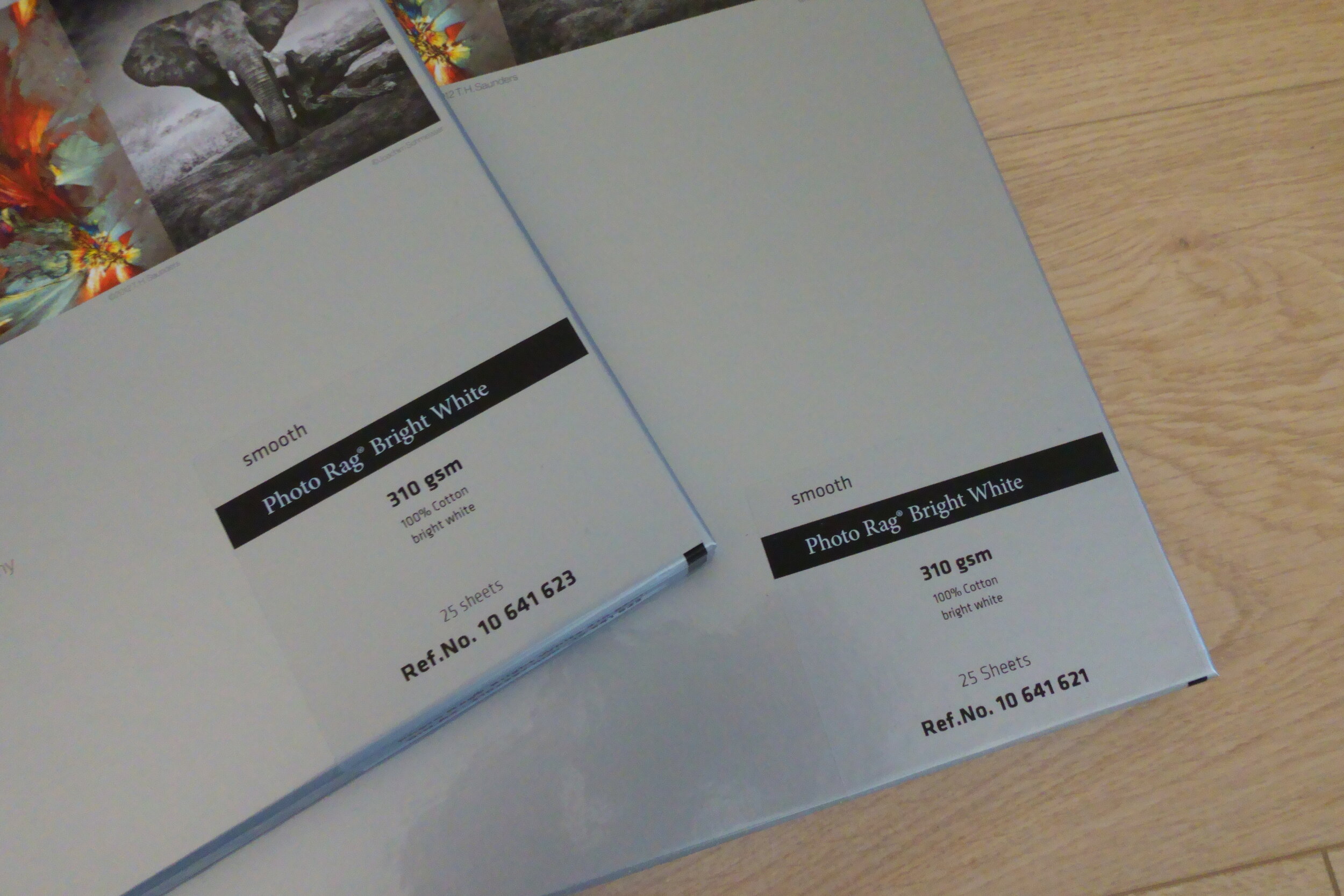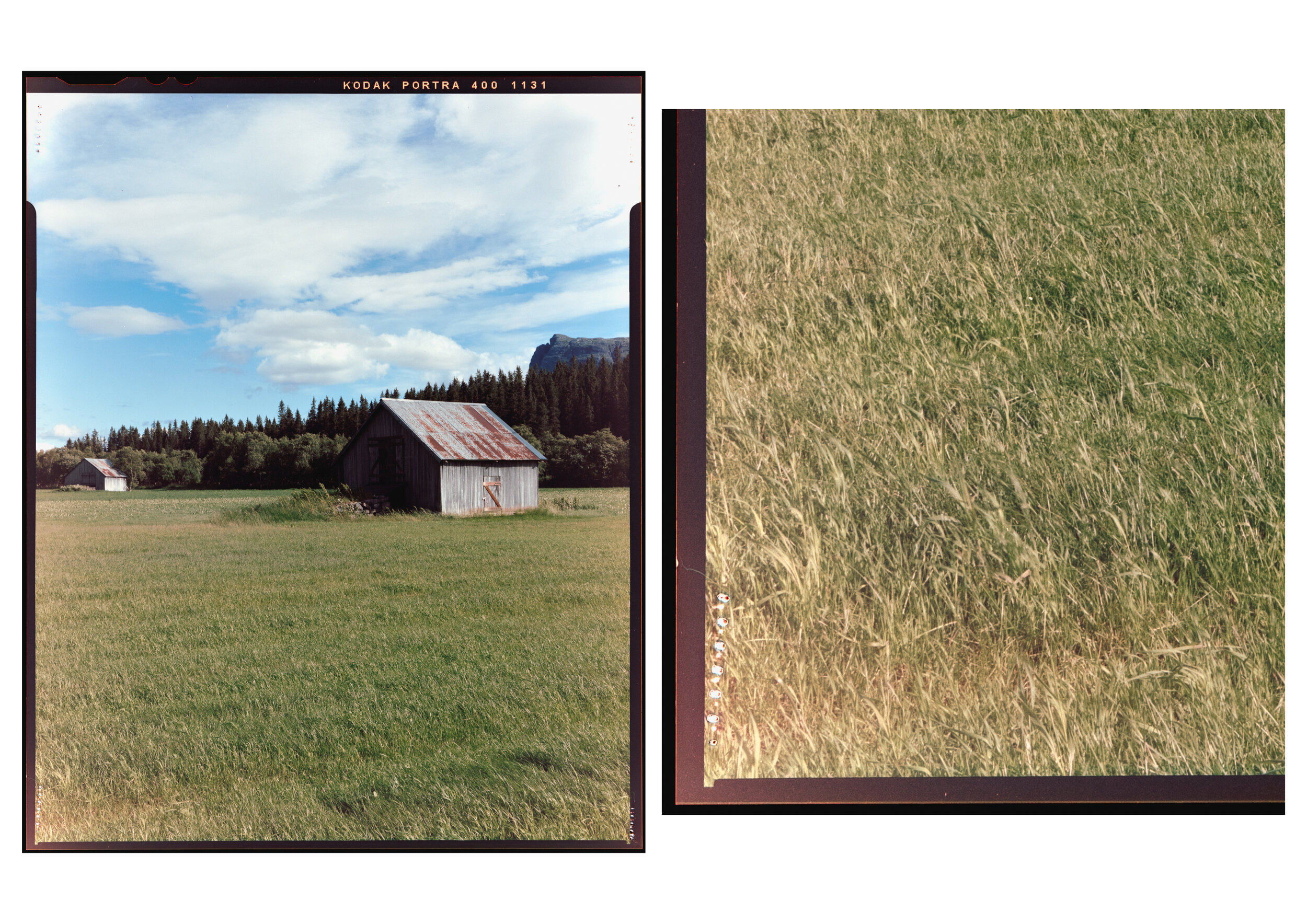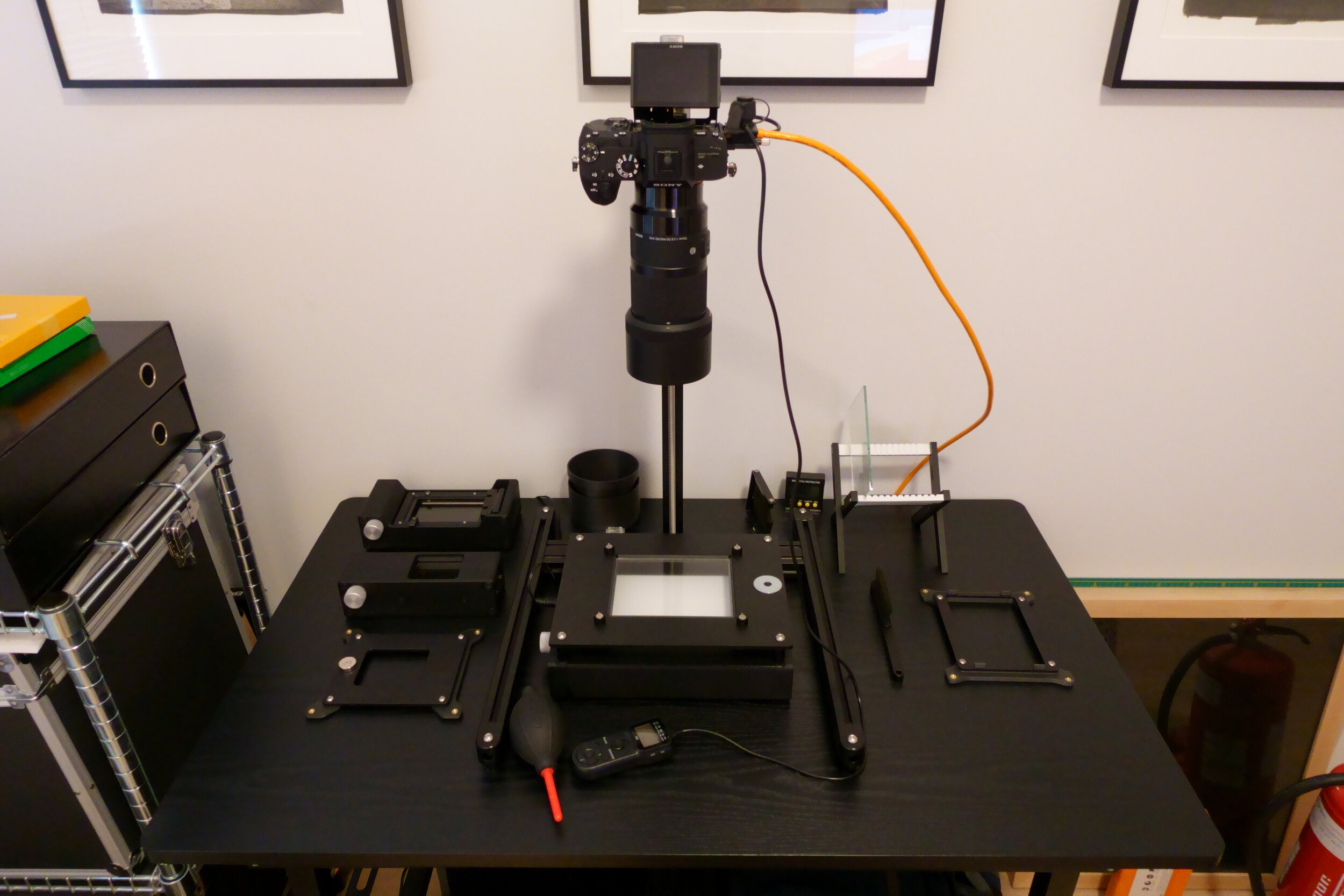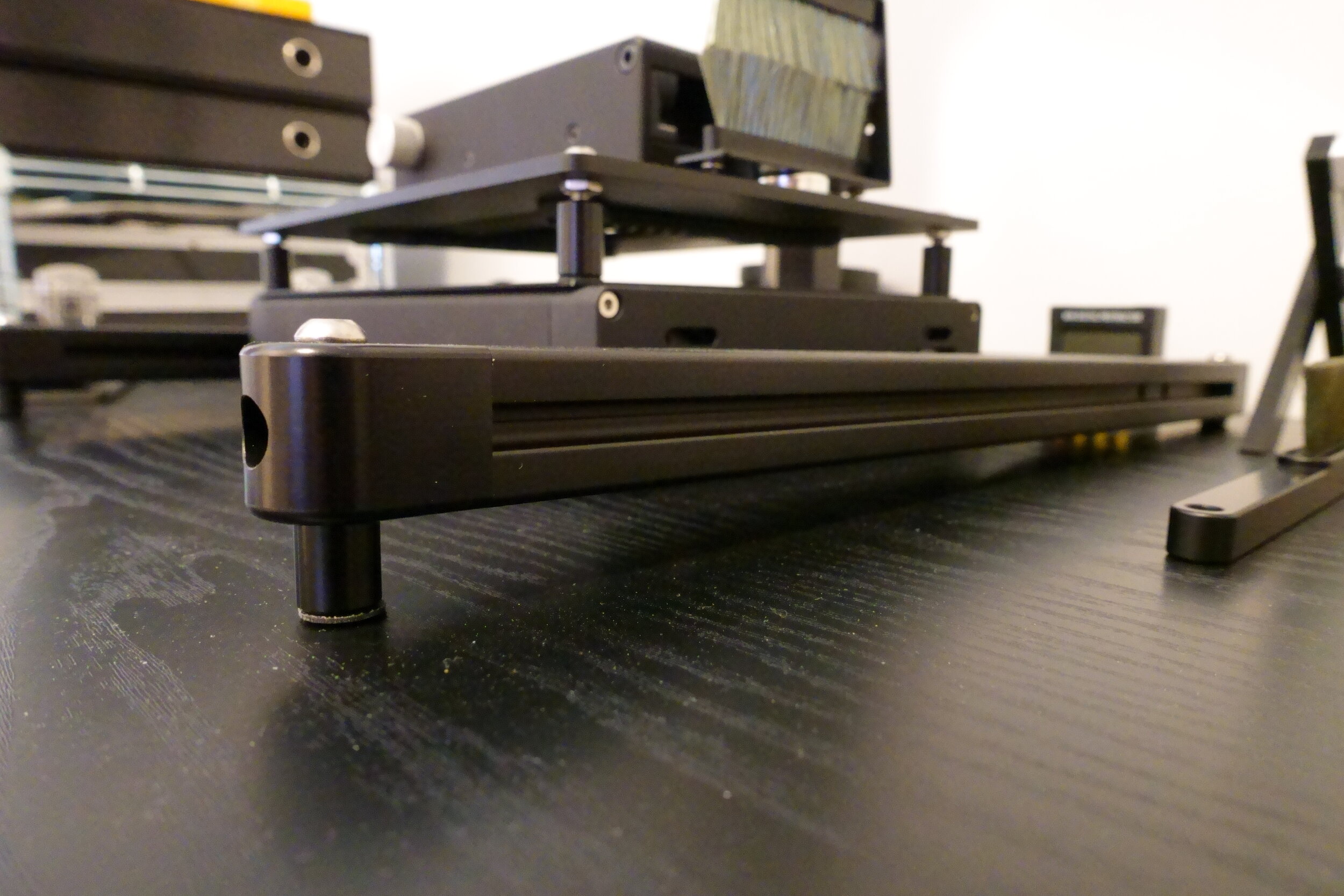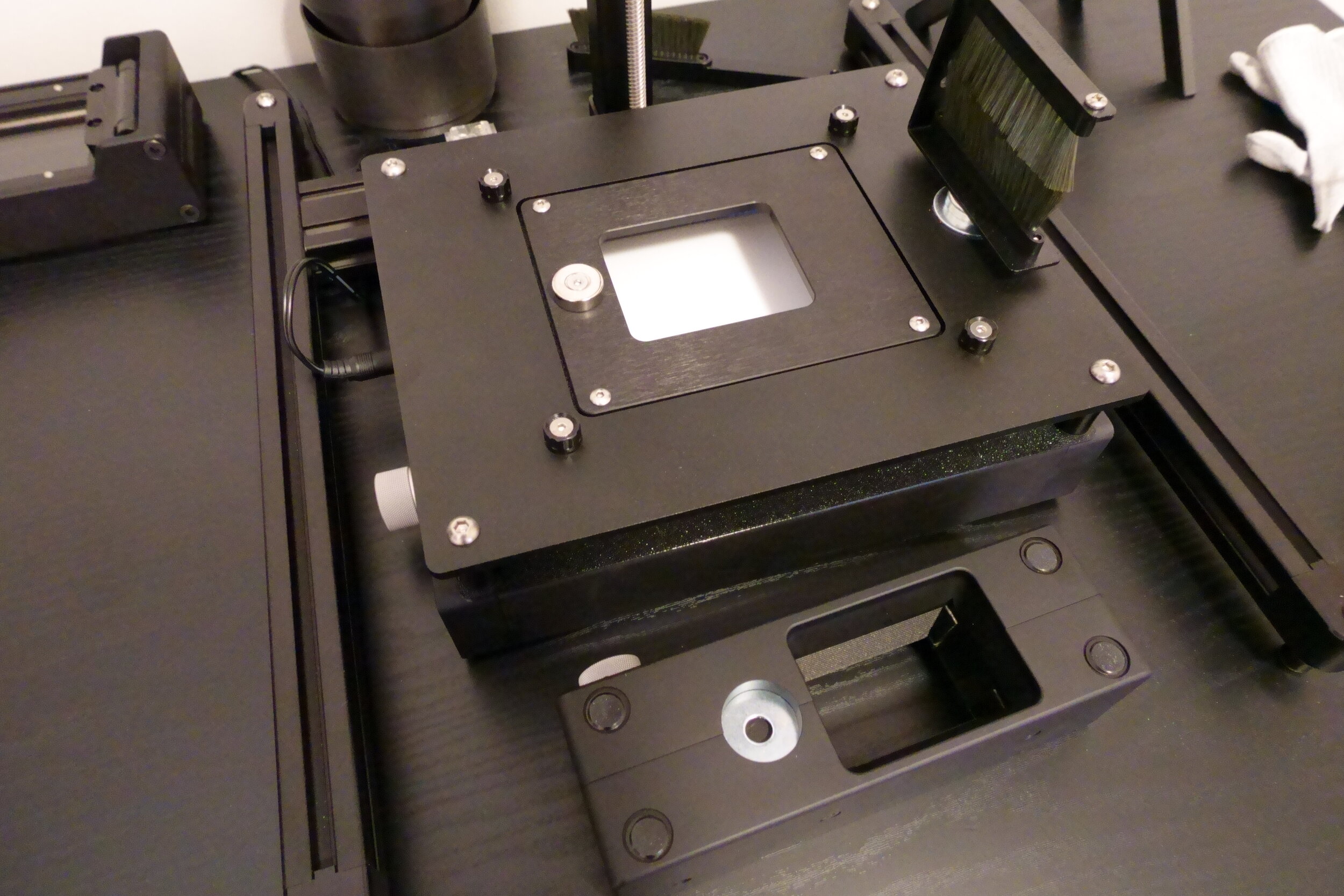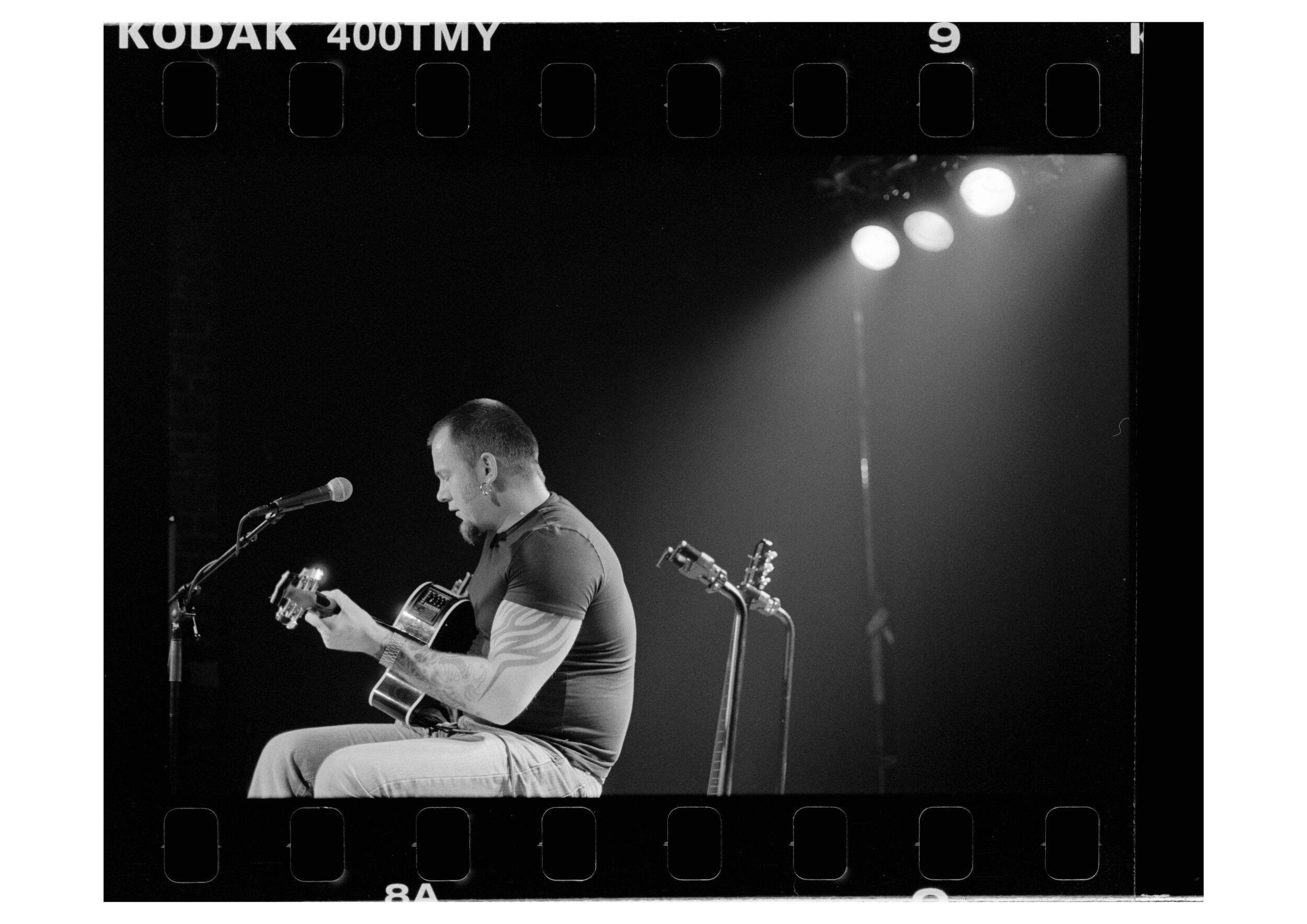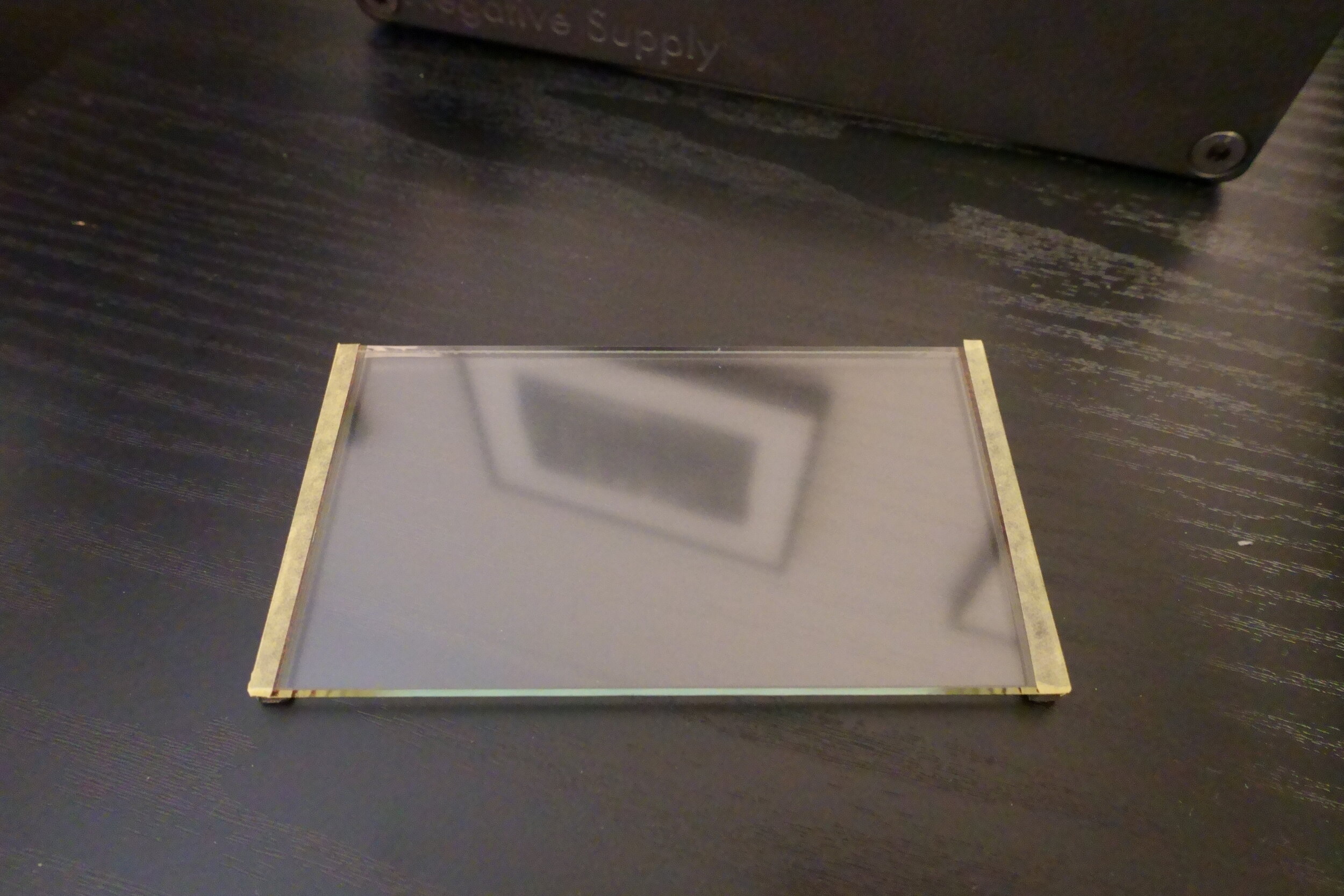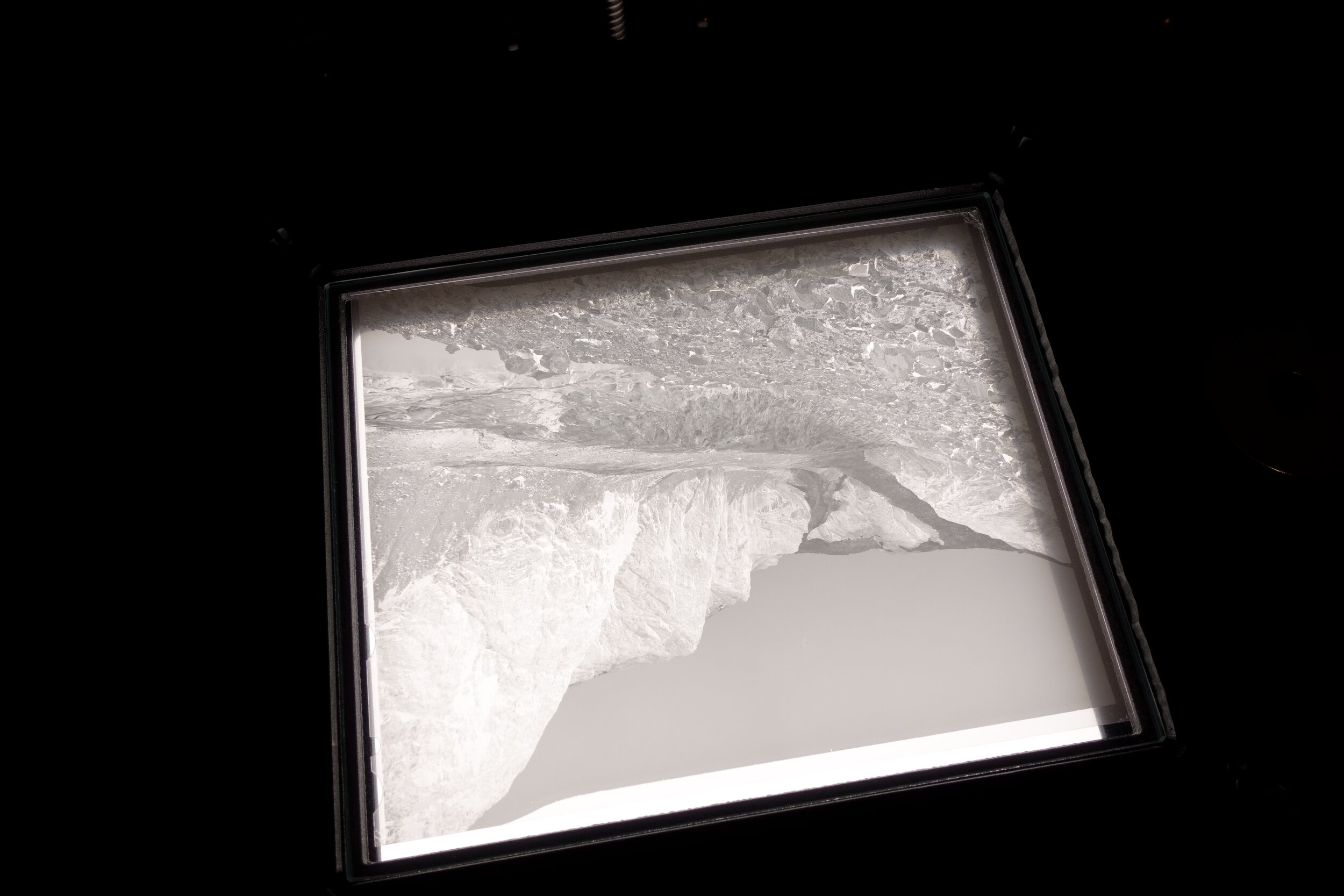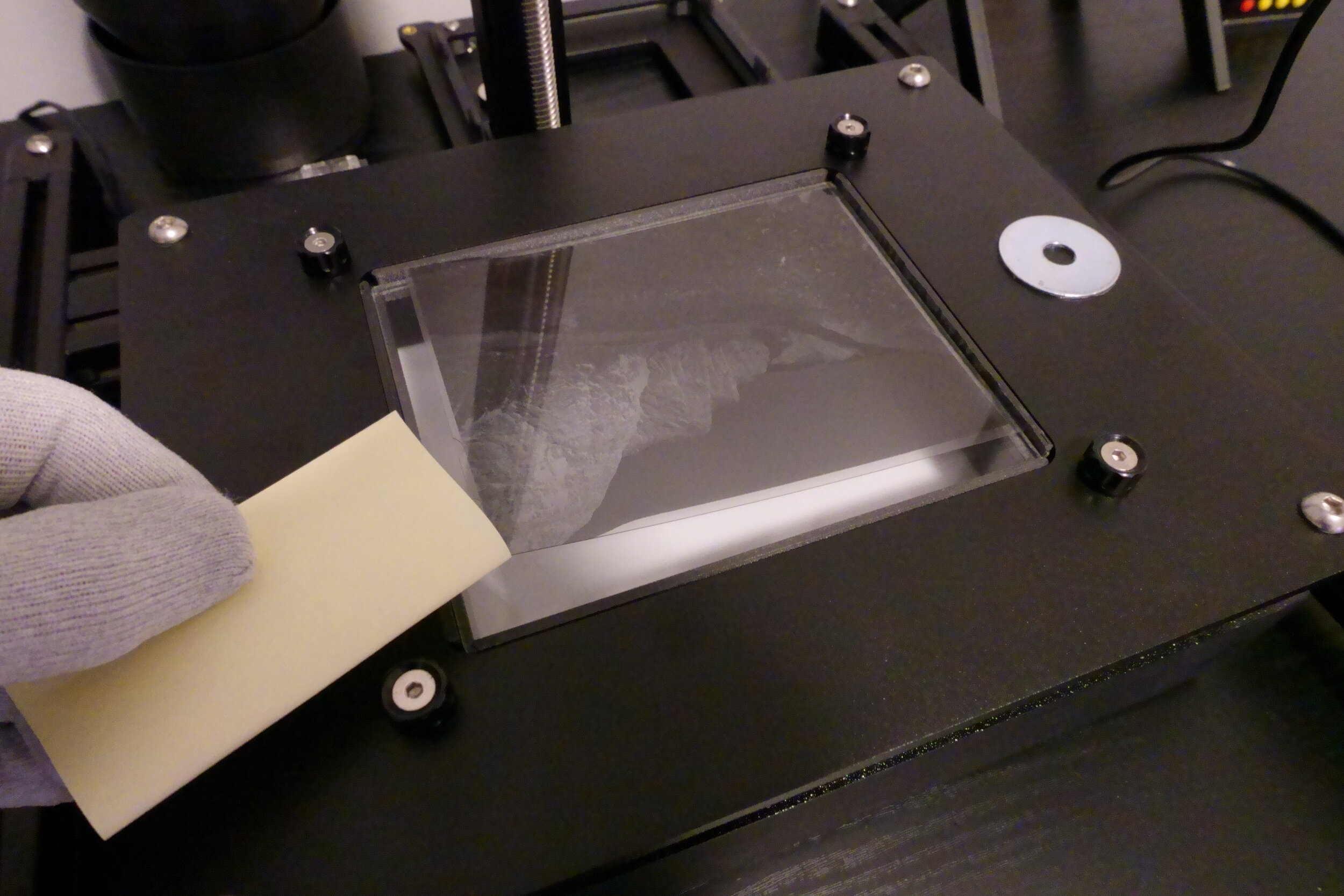Screen Dump Copyright Analog forever Magazine
One of my Polaroid Type 55 Negatives was picket for the Polaroid Week - Fall 2021:Our Top 20 Favorites!
Thanks to Michael Behlen and the rest of Analog Forever Magazine crew for reaching out and featuring one of my photographs for your online post.
Check out the website her www.analogforevermagazine.com
If you are lookin to support my work an would like to get a signed print visit my webshop.
- Film Used: Polaroid Type 55
- Camera Used: Chamonix View Camera 45F-2; Nikon Nikkor-W 210mm 1:5.6
- Image Title: "Storfossen" Large waterfall







